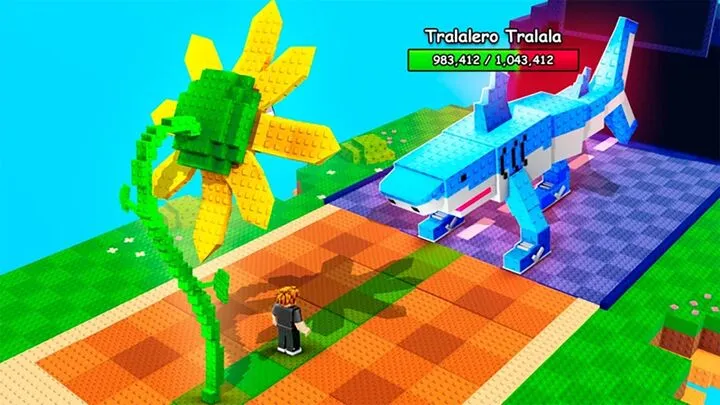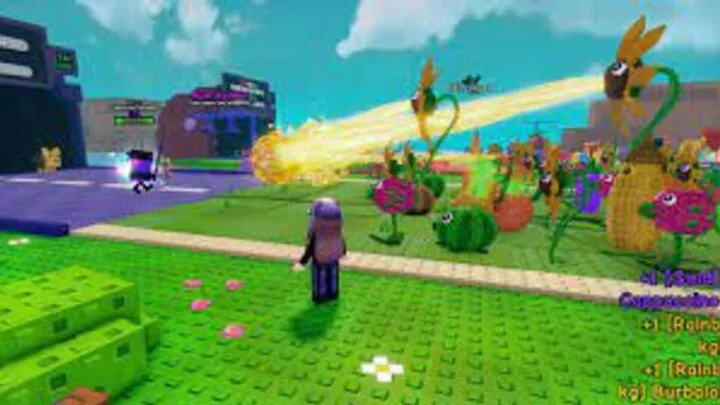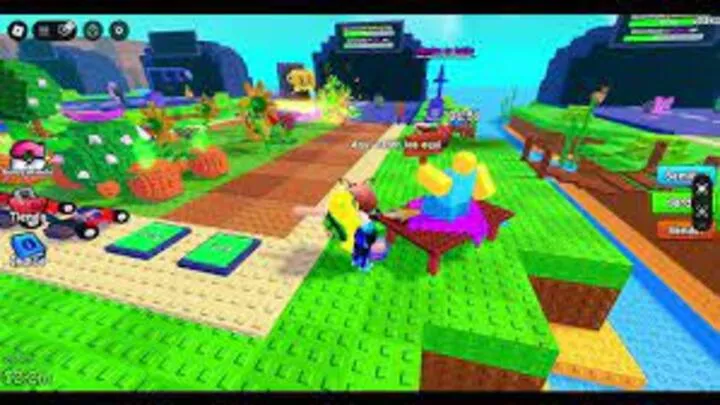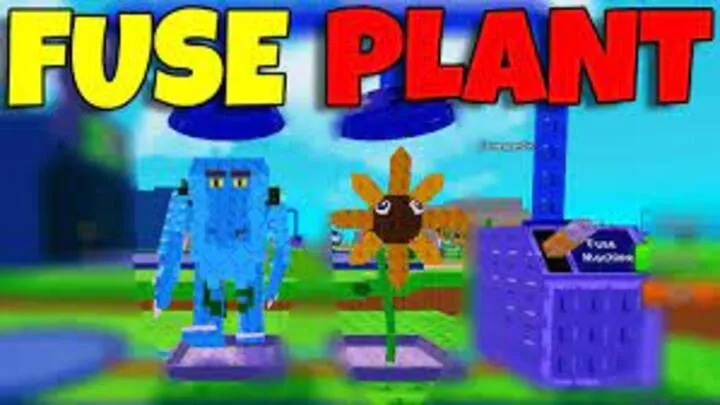Introduction
One of the most unique aspects of Plants vs Brainrot compared to traditional tower-defense titles is how it blends survival combat with exploration. Unlike linear lane-based levels, many maps are twisted labyrinths full of hidden doors, shifting paths, and secret chambers. These environments don’t just add atmosphere—they contain critical rewards like rare plant seeds, sun boosts, or shortcuts to avoid difficult encounters.
This guide dives into map navigation, hidden paths, secret rooms, and orientation strategies within distorted spaces. If you’ve ever found yourself lost in a warped garden, this is your survival handbook.
1. Understanding Brainrot Map Design
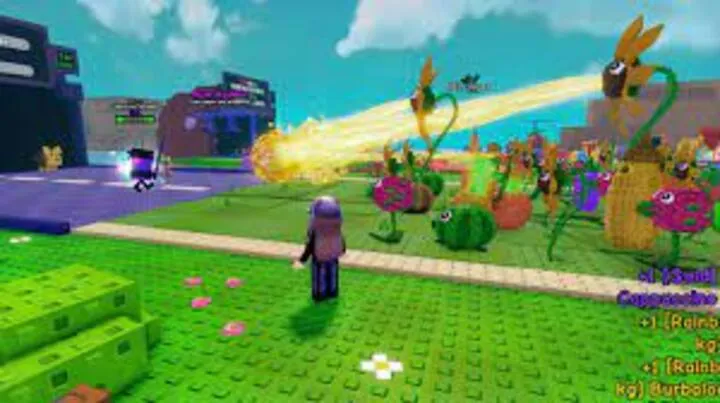
Maps in Plants vs Brainrot are intentionally non-linear. Instead of fixed grids, players often face:
- Warped corridors that loop back unexpectedly.
- Illusion walls that hide passageways.
- Shifting rooms that change layout mid-battle.
The design encourages exploration while keeping tension high. Recognizing environmental patterns is the first step to mastering navigation.
2. Hidden Paths – Spotting the Signs
Many hidden passages blend seamlessly into the environment, but careful observation reveals clues.
Common Indicators of Secret Paths
- Discolored tiles on the floor or walls.
- Strange plant growth such as vines curling in one direction.
- Faint shimmering effects on certain map edges.
By interacting with these subtle details, players can access shortcuts or bypass dangerous waves.
3. Secret Rooms – What They Contain
Secret rooms are more than Easter eggs—they often provide game-changing advantages.
Types of Rewards Found
- Seed Caches: Unlock new plant variants earlier than usual.
- Sun Vaults: Extra sun reserves that carry over into battles.
- Lore Notes: Hidden story fragments about the origin of Brainrot.
The key is balancing risk versus reward. Entering secret rooms may trigger additional ambushes, so preparation is essential.
4. Navigation in Warped Spaces
Unlike traditional maps, Brainrot spaces bend reality. Corridors may loop endlessly or doors may lead back to the same room.
Tips for Orientation
- Mark Landmarks: Place non-essential plants (like Puff-shrooms) in corners to track explored areas.
- Memorize Sounds: Certain rooms have unique ambient audio cues that help with navigation.
- Draw Mini-Maps: In longer sessions, sketching layouts can prevent confusion.
5. Illusions and Fake Paths

Some maps contain false corridors designed to mislead players. Stepping inside may teleport you back or even summon extra enemies.
Counterplay
- Use Planterns to reveal fake paths.
- Watch for unusual enemy spawns—Brainrots often patrol illusion entrances.
- If a path feels suspiciously quiet, it’s usually a trap.
6. Dimensional Doors
Dimensional doors are rare but powerful mechanics that transport you to entirely new sections of the map.
How They Work
- Appear as glowing arches or cracks in the environment.
- Usually guarded by mini-bosses.
- Can lead to bonus levels, alternate endings, or hidden plant unlocks.
Pro Tip: Always carry an emergency economy build before entering—these sections often strip your existing resources.
7. Environmental Hazards
Exploration isn’t without danger. Some hidden routes contain traps.
Common Hazards
- Spore Clouds: Drain plant health over time.
- Collapsing Floors: Send you back to earlier areas.
- Rotting Vines: Trap plants in place until cleared.
Counter these with careful scouting and flexible plant choices.
8. Map-Specific Strategies
Not all maps play the same. Here are some standout examples:
- The Labyrinth Garden: Focus on marking routes with Puff-shrooms to avoid looping.
- Rotting Orchard: Many walls hide secret fruit chambers containing sun caches.
- Twisted Conservatory: Dimensional doors here lead to exclusive plant trials.
9. Benefits of Exploration
Spending time exploring may feel risky, but it pays off:
- Access to rare plants earlier than intended.
- Sun reserves that provide an edge in difficult boss fights.
- Hidden lore that enriches the Brainrot world.
Players who ignore exploration often struggle later when challenges ramp up.
10. Mastering Orientation Under Pressure

The ultimate test in Plants vs Brainrot maps is keeping composure. Under attack, it’s easy to panic and lose track of your surroundings.
Survival Mindset
- Always secure a stable economy row before exploring further.
- Keep emergency plants (Cherry Bomb, Doom-shroom) for surprise ambushes.
- If lost, retreat to recognizable landmarks before re-engaging.
Conclusion
Exploration in Plants vs Brainrot is as much about curiosity as it is about survival strategy. Hidden paths, secret chambers, and warped navigation systems provide both danger and opportunity. By learning how to spot environmental cues, manage risks, and adapt to disorienting map layouts, players can uncover powerful rewards while staying one step ahead of Brainrot’s chaos.
The true secret? Patience and observation. Every map is a puzzle waiting to be solved.










